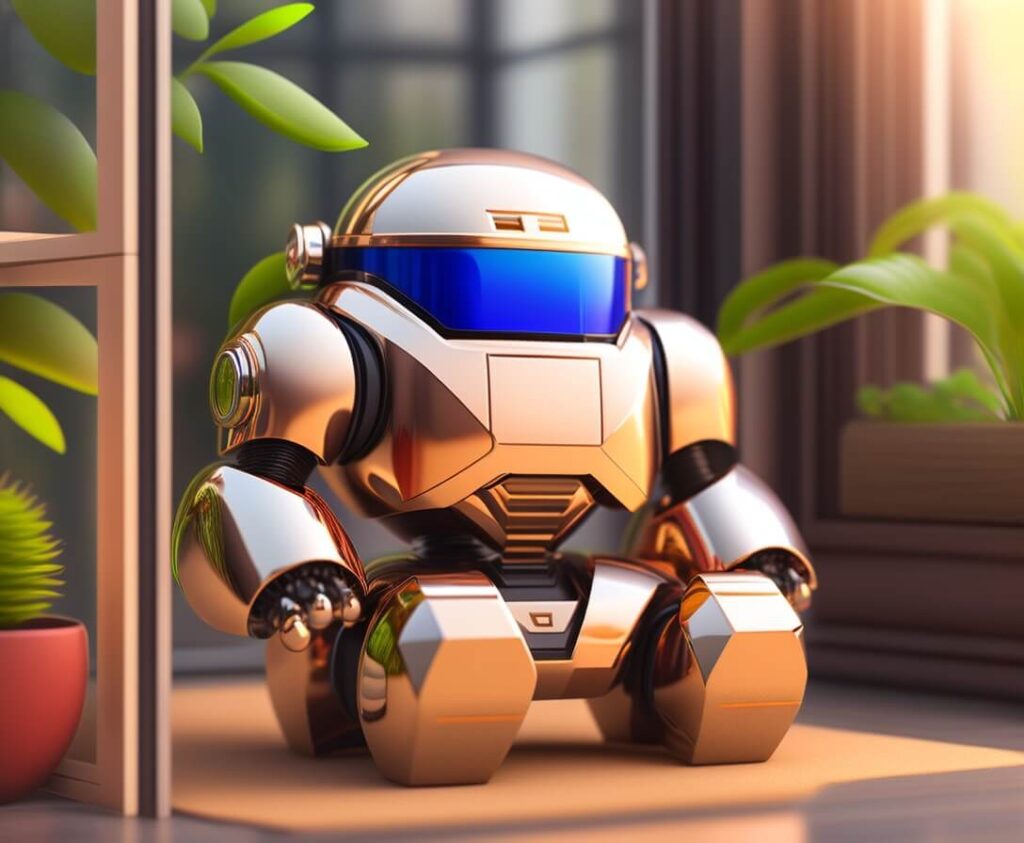Introduction to the world of ChatGPT
Welcome to the amazing world of ChatGPT, an advanced artificial intelligence technology. This technology brings new possibilities in the field of text communication and opens the door to endless possibilities of interaction. ChatGPT, an AI chatbot created by OpenAI in November 2021, is fast becoming a global phenomenon. ChatGPT has capabilities ranging from answering simple questions to writing entire essays and programs.
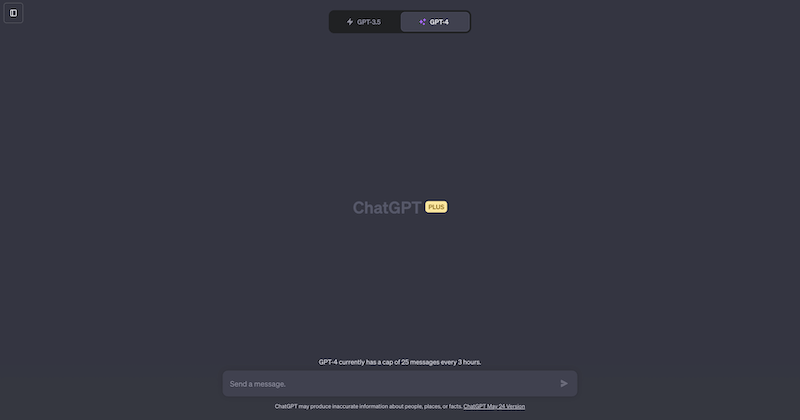
What is ChatGPT?
ChatGPT is a conversational AI model based on the GPT-3 model and now also on the newer GPT-4 model. These models are capable of generating human texts, answering questions and even writing articles.
Why is ChatGPT important?
ChatGPT represents a significant step forward in the field of artificial intelligence. Its ability to generate persuasive and meaningful text opens up new possibilities in many areas, including customer support, web content, teaching and many more.
What will you learn in this article?
In this article you will learn how to use ChatGPT. I'll walk you through the basics of using this technology, including how to set up ChatGPT, how to interact with it, and how to use its capabilities in your daily life and work.
What is ChatGPT?
ChatGPT is an advanced conversational artificial intelligence model developed by OpenAI. This model is based on GPT (Generative Pretrained Transformer) technology, which is able to generate coherent and meaningful texts based on previous inputs.
The technology behind ChatGPT
As mentioned, ChatGPT uses the GPT-3 and GPT-4 models. GPT-3 is a 175 billion parameter language model created by OpenAI. This model is capable of generating surprisingly human-like text and is used in many applications, including chatbots, automatic article writing, etc.
The GPT-4 is an even more advanced model, introduced in 2023. This model has even more parameters and is capable of generating even more accurate and relevant texts. In addition, the GPT-4 is also able to process images as input, which opens up new possibilities for its use. The GPT-4 model is only available to ChatGPT Plus plan holders (i.e. the paid version of ChatGPT).
It is important to note that although ChatGPT is a very advanced tool, it is not capable of generating images. Its main strength is text generation. However, ChatGPT can be used to create prompts to generate images. These prompts can then be copied and pasted into other tools that are capable of generating images based on text descriptions. In this way, ChatGPT can indirectly contribute to the creation of visual content.
How does ChatGPT work?
ChatGPT uses a large database of pre-existing texts to train its language generation skills. This process is called generative pre-training. The model is first pre-trained on a large corpus of text where it learns to predict the next word in a given context. Then the model is fine-tuned to a specific task, such as answering questions.
ChatGPT works on the principle of prediction. When you give it input, the model tries to predict what text should follow. This process is based on statistical patterns in the data the model has been trained on.
ChatGPT capabilities
ChatGPT is capable of performing a number of tasks, including:
- Text generation:ChatGPT can generate text based on a given input. The text can vary from short answers to questions to long articles. This capability is useful for generating content for websites and blogs.
- Context understanding:ChatGPT is able to understand the context of a conversation or text. This means that it can follow what is being discussed and adapt its responses to fit the context. This is important for creating more natural and relevant responses.
- Answering questions:ChatGPT can answer questions based on the information available to it. This capability is useful for creating chatbots and other interactive applications.
- Real-time interaction:ChatGPT is able to interact in real-time. This means it can respond to questions or comments instantly, allowing for a fluid and natural conversation.
- Use in different applications:ChatGPT can be integrated into different applications and platforms. This means it can be used for various purposes such as customer service, learning tools, chatbots and much more.
- Use of GPT-3 and GPT-4: ChatGPT uses the advanced GPT-3 and GPT-4 models. These models are based on machine learning technology and allow ChatGPT to generate more accurate and creative responses. The GPT-4 model delivers even more power and the ability to generate text that is even more natural and accurate.
How to use ChatGPT?
ChatGPT is a very flexible tool that can be used on different platforms and in different contexts. Here are some steps to get started using ChatGPT.
Create an account
The first step is to create the account itself on the OpenAI platform. Just go to the official website of the company OpenAI, where you then go to the ChatGPT application. Here you can create an account.
- Go to https://chat.openai.com/auth/login to start creating a new account.
- Click on the Sign up button.
- You can sign up for ChatGPT using your email address, Google account, Microsoft account or Apple account. In this procedure, we will further demonstrate the option of using an email address.
- Enter your email address and click Continue.
- Create a password and click Continue. Your password must be at least 8 characters long.
- Go to your email inbox and click on the verification link. OpenAI will send you an email with the verification link. Open the message from OpenAI and click on the link to verify your email address.
- Enter your first and last name and click Continue.
- Enter your phone number and click the Send code button. ChatGPT will send you a text message to verify your phone.
- Enter the verification code and click Continue. Once your code is accepted, you will be logged in. Now you can start using ChatGPT to write code, essays, and more.
How to sign up for ChatGPT Plus
To log in to ChatGPT Plus and take advantage of everything the chatbot has to offer, follow these steps:
- Create or log in to your OpenAI account. Visit the ChatGPT login page. Once you are there, you can log in to your account or create a new one.
- Click on the 'Upgrade to Plus' button. Once you have logged into your account, you will be taken to the main chatbot page where you would normally start chatting. Instead, focus on the right panel and find the 'Upgrade to Plus' button. Once you've found the button, click it to move on to the next step.
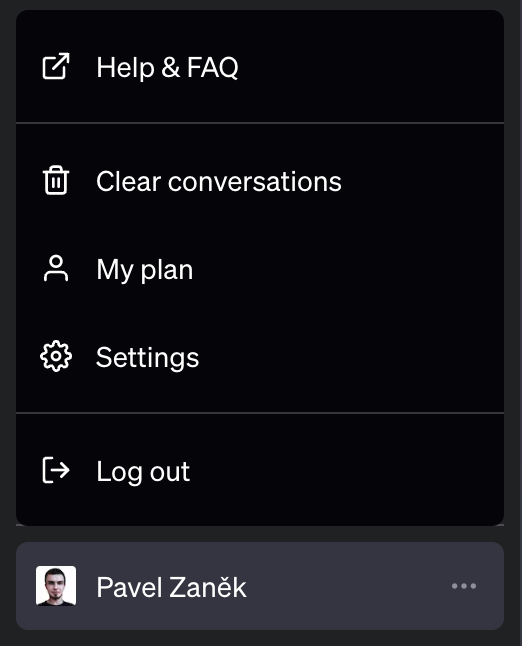
- Click on "Upgrade Plan" in the popup window. After you click on the "Upgrade to Plus" button, a popup will appear asking you a second time if you want to continue. If you are still ready to proceed after seeing the difference between the prices and features of the Free and Plus plans, click the green "Upgrade plan" button.
- Complete your purchase. Once confirmed, you will be taken to a page to complete your purchase. This page requires all the usual information that a normal checkout would require, including your email, payment information and billing address.
Communication with ChatGPT
Once you have created an account, you can start communicating with ChatGPT. That is, you will specifically ask it questions or instructions and then you can read the answers that the model generates.
ChatGPT is able to generate natural language, answer questions, write essays, translate texts, write creative stories and much more. Interacting with ChatGPT is intuitive and simple, but there are certain strategies and techniques that can improve the quality of the interaction.
One of the keys to effective communication with ChatGPT is clarity and accuracy of queries. The more specific and clear your query is, the more likely you are to get a relevant and useful answer.
Furthermore, ChatGPT is able to monitor the context of a conversation, but is limited to a certain number of recent messages. It is important to keep in mind that if a conversation is too long, some earlier details may be lost.
Using ChatGPT capabilities
ChatGPT can be used for a number of tasks. It can generate text, answer questions, write articles and much more. Exactly how you use ChatGPT's capabilities depends on your specific needs and goals.
Using the GPT-3 and GPT-4 models
ChatGPT now supports both the GPT-3 model and the newer GPT-4 model. You can use these models according to your needs. The GPT-4 model offers improved text generation capabilities and better context understanding.
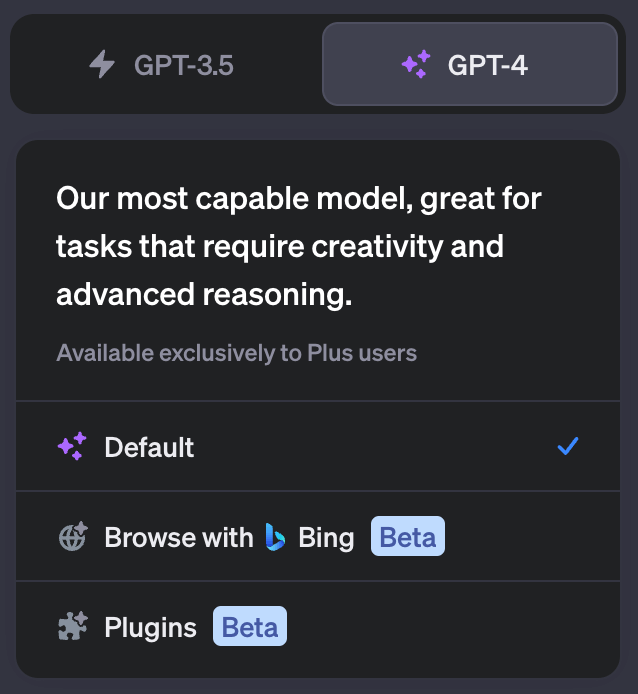
Settings
Setting up ChatGPT is a process that involves configuring various aspects to achieve the desired behaviour. Here is a general overview of which you can set up.
Changing the appearance of ChatGPT
Within ChatGPT, you can customize the appearance of the user interface. This appearance change applies to the colors, fonts, and layout of elements on the page.
The following procedure will show you how to change the appearance of ChatGPT:
- Log in to your OpenAI account.
- Click on your profile icon in the upper right corner.
- Select Settings.
- Under Appearance, select your preferred settings. You can choose different modes such as light, dark or customized.
Keep in mind that changes will take effect immediately and will affect all ChatGPT pages you work on.
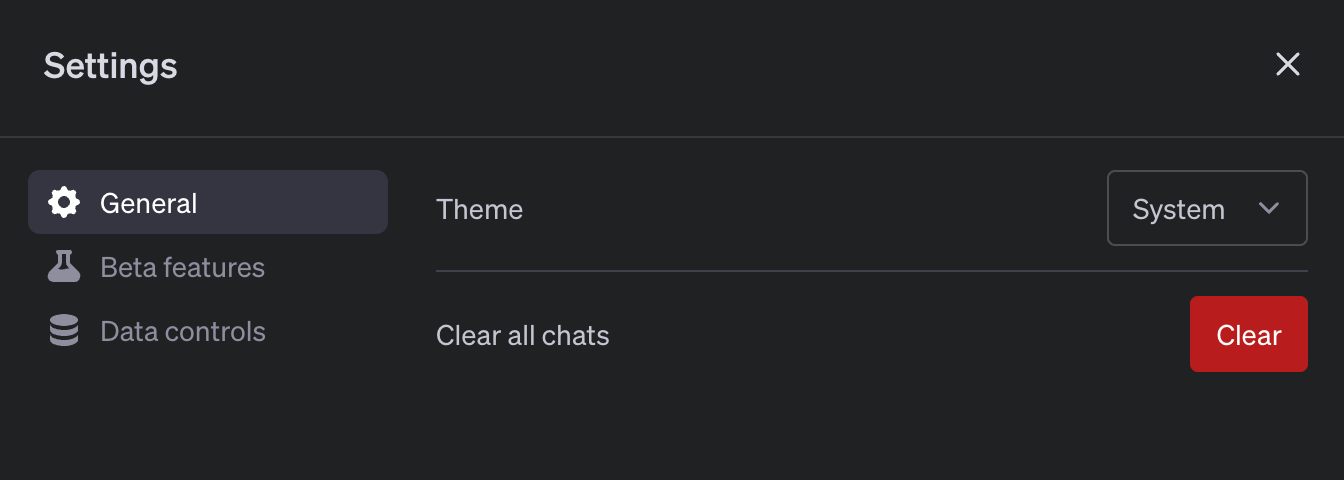
Delete all conversations
In case you want to delete all conversations you have ever had with ChatGPT, follow these steps:
- Log in to your OpenAI account.
- Click on your profile icon in the top right corner.
- Select Settings.
- In the Conversations section, find the Delete all conversations option.
- Click the Delete All Conversations button and confirm.
Please note that this deletion is permanent and cannot be undone. All conversations will be removed from your account and cannot be restored.
Activating Beta Features
You can activate beta features as follows:
Log in to your OpenAI account.
Click on your profile icon in the top right corner.
Select Settings.
In the Beta Features section, find the features you want to activate.
Once activated, these features will be available in all your conversations with ChatGPT.
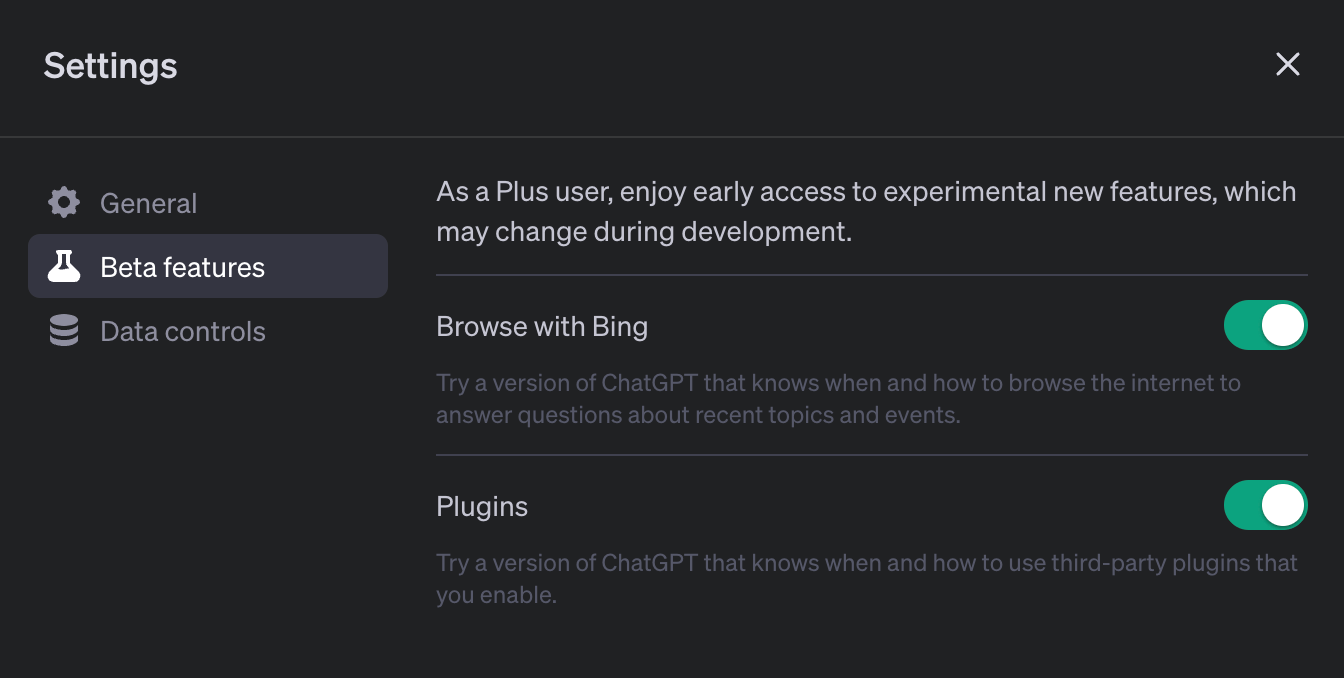
Turning off chat history
ChatGPT now allows users to turn off their chat history. This setting allows users to decide which conversations can be used to train OpenAI models. Conversations that start when chat history is turned off will not be used to train models and will not appear in the history sidebar. These controls are available in the ChatGPT settings and can be changed at any time.
When chat history is disabled, new conversations will be retained for 30 days and will only be reviewed when necessary to monitor for abuse before being permanently deleted.
Data export
ChatGPT has also introduced a new data export option that allows users to easily export their ChatGPT data and better understand what information ChatGPT stores. Once this feature is activated, you will receive an email with your conversations and any other relevant data.
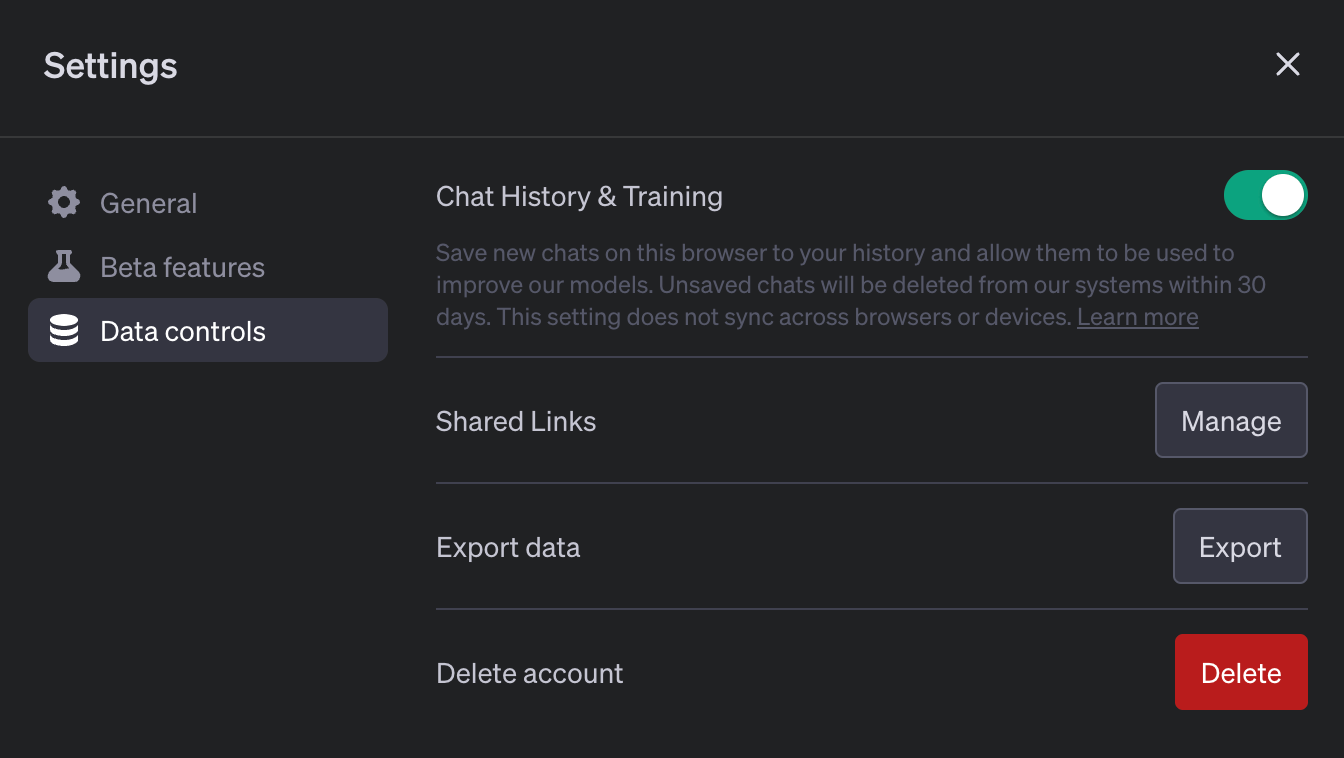
Possibilities of use
ChatGPT is a powerful tool that can be used in many different contexts. Here are some of the most popular uses of ChatGPT.
|
Retrieved from |
Description |
|
ChatGPT as a chatbot |
One of the most common applications of ChatGPT is as a chatbot. Chatbots can be used in a variety of contexts, including customer support, sales and marketing. ChatGPT can generate natural-sounding responses to user questions and instructions, making it ideal for interacting with people. |
|
ChatGPT for text generation |
ChatGPT can also be used to generate text. This can include writing articles, blog posts, marketing materials and much more. Using the GPT-3 and GPT-4 models, ChatGPT can generate text that is creative, engaging and persuasive. |
|
ChatGPT for answers to questions |
ChatGPT can also be used to answer questions. This can include answers to specific questions, such as facts or information, or answers to more complex questions that require analysis or interpretation. |
|
ChatGPT for teaching and learning |
ChatGPT can also be used in the context of teaching and learning. It can provide detailed explanations of concepts, answer student questions, and help in the preparation of study materials. |
|
ChatGPT for integration with other platforms |
ChatGPT can also be integrated with other platforms, such as WhatsApp, to provide enhanced features and capabilities. For example, ChatGPT can be used to generate replies to users' messages on WhatsApp. |
Restrictions
While ChatGPT is a very powerful tool, it also has some limitations. Here are some of the most important limitations of ChatGPT.
Limitations in text generation
One of the main limitations of ChatGPT is that it can sometimes generate text that is incoherent or nonsensical. This is due to the fact that the model is trained on a large amount of text and does not have the ability to truly understand the context or meaning of the text it generates.
Limitations in understanding the context
Another limitation of ChatGPT is that it can sometimes have trouble understanding context. This can lead to the model generating responses that are unrelated or nonsensical in the context.
Limitations in the accuracy of information
ChatGPT may also have limitations in the accuracy of the information it generates. The model is trained on a large amount of text but has no ability to verify the accuracy or veracity of the information it generates.
Limitations in the use of the GPT-3 and GPT-4 models
While the GPT-3 and GPT-4 models offer improved text generation capabilities and better context understanding, they also have their limitations. For example, the models may have problems generating text that is too complex or difficult.
Limitations in integration with other platforms
Finally, although ChatGPT is flexible and can be integrated with many different platforms, the integration process can be challenging and complex.
The Future
ChatGPT is one of the most important research results in the field of artificial intelligence and machine learning. Its future is full of possibilities and promise that can fundamentally impact our interactions with technology and our understanding of AI.
Improved text generation capabilities
One of the main directions ChatGPT is heading is to improve its text generation capabilities. This includes improvements in understanding context and generating more accurate and relevant responses.
Extended integration options
Another direction ChatGPT is taking is to expand integration options. This includes integration with other platforms and applications, which will enable wider use of ChatGPT.
ChatGPT has the potential to change the way we interact with technology. Some of the possible future applications include:
- Personal assistants: the ChatGPT could be used as an enhanced personal assistant, able to understand and respond to complex queries and requests.
- Education: the ChatGPT could be used as an interactive learning tool, providing personalised learning materials and answers to students' questions.
- Health: ChatGPT could be used to provide health information and advice, which could help improve access to health services.
Use of the GPT-3 and GPT-4 models
ChatGPT already uses the GPT-3 and GPT-4 models, which offer improved text generation capabilities and better context understanding. We can expect further improvements and extensions to these models in the future.
Greater accuracy and relevance
One of the main goals for the future of ChatGPT is to increase the accuracy and relevance of responses. This includes improvements in understanding context and generating more accurate and relevant responses.
Safety improvements
Security is a key concept that is becoming a central focus for the future development of ChatGPT. In an infinitely fast-paced and ever-changing digital world, it is essential that technology like ChatGPT is one step ahead in the fight against inappropriate and harmful content.
ChatGPT, not only prides itself on its artificial intelligence, but also embraces the role of security guardian. In the near future, major innovations and improvements aimed at detecting and blocking inappropriate and malicious content will be included. These efforts are key to providing a safe, respectful and acceptable environment for every user.
This is a complete overhaul of the way ChatGPT recognizes and responds to unwanted content - whether it's vulgar language, rude remarks, or any other type of content that could disrupt users' safety or comfort. To do this, ChatGPT will use even more sophisticated algorithms that will be able to recognize and filter such content to provide a safer and more enjoyable environment for everyone.
This commitment to increased security is not only based on technological necessity. It is also a matter of ethics, responsibility and respect for ChatGPT users. Security is not only a priority but a core value for ChatGPT.
The vision of ChatGPT therefore includes not only artificial intelligence, but also creating strong, safe and healthy digital spaces for communication. For ChatGPT, security is the cornerstone on which the entire platform is built.
Plugins - A new era of artificial intelligence
OpenAI introduces a revolutionary extension to its ChatGPT language model - plugins. These plugins allow the ChatGPT model to interact with external tools and provide new capabilities and features to users.
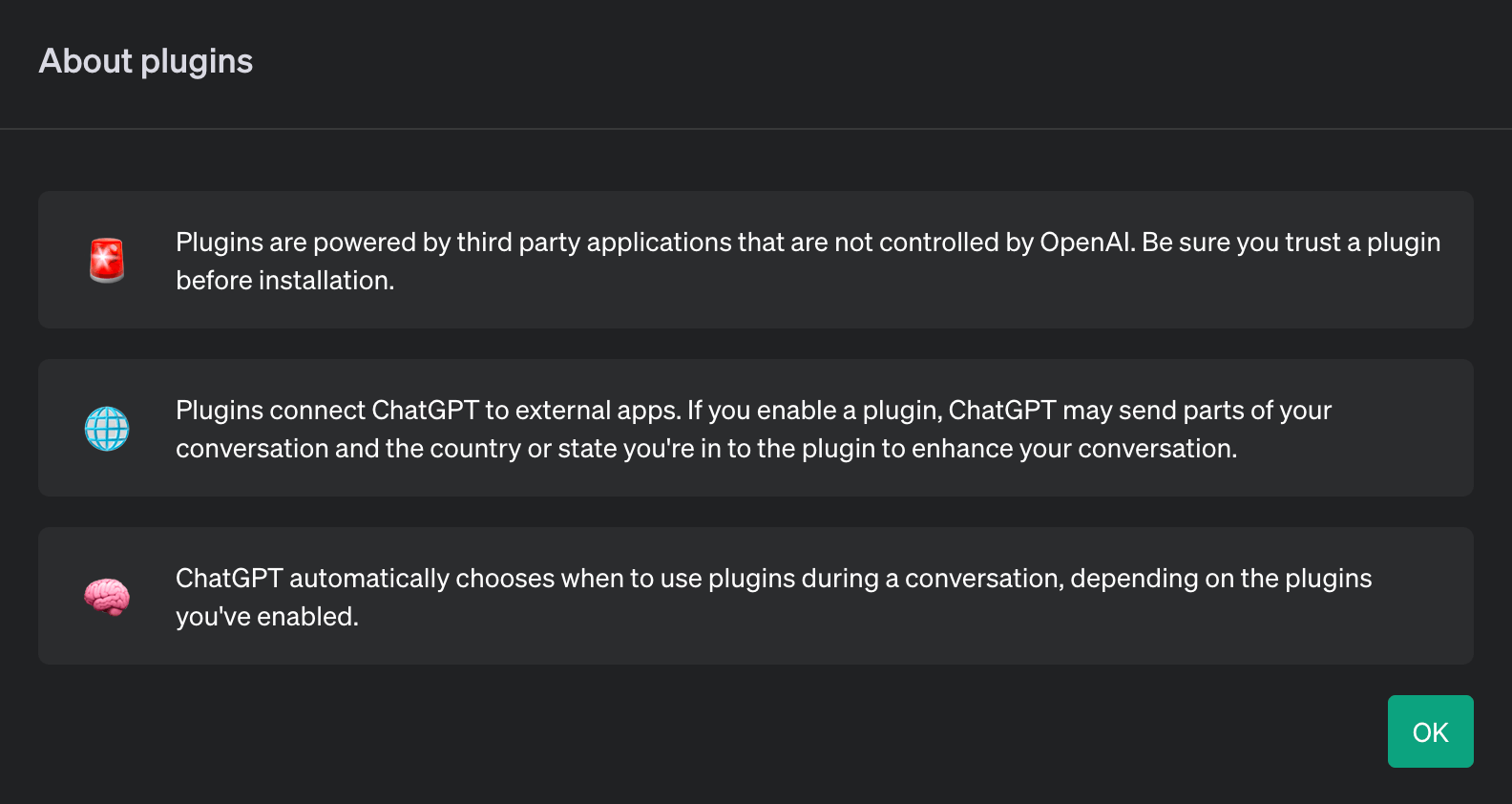
What are plugins?
Plugins are tools that the ChatGPT model can use for a variety of purposes. They allow the model to access information and features that would otherwise be unavailable. For example, a web browsing plugin allows the model to access information on the internet, while a code interpretation plugin allows the model to perform mathematical calculations or analyze data.
How do I access the plugins?
Users with a ChatGPT Plus subscription can activate the plugins in the "Beta Features" section of the settings. Access to the plugins was released on May 12, 2023 and will be gradually expanded over the course of the week.
How do the plugins work?
The ChatGPT model learns when and how to use plugins based on user queries. If needed, users can ask the model to explicitly use a plugin.
How do I create a plugin?
Developers can create their own plugins and submit them for approval. OpenAI documentation is available for this.
What plugins are available?
Some of the first plugins that have been created include plugins from Expedia, FiscalNote, Instacart, KAYAK, Klarna, Milo, OpenTable, Shopify, Slack, Speak, Wolfram, and Zapier. OpenAI also hosts two custom plugins: a web browser and a code interpreter.
What are the benefits and risks of plugins?
By connecting external data to language models, these models can be more useful and users can better assess the credibility and accuracy of the information. However, there is a risk that plugins could increase security challenges by performing malicious or unintended actions. OpenAI has implemented several safeguards to minimize these risks.
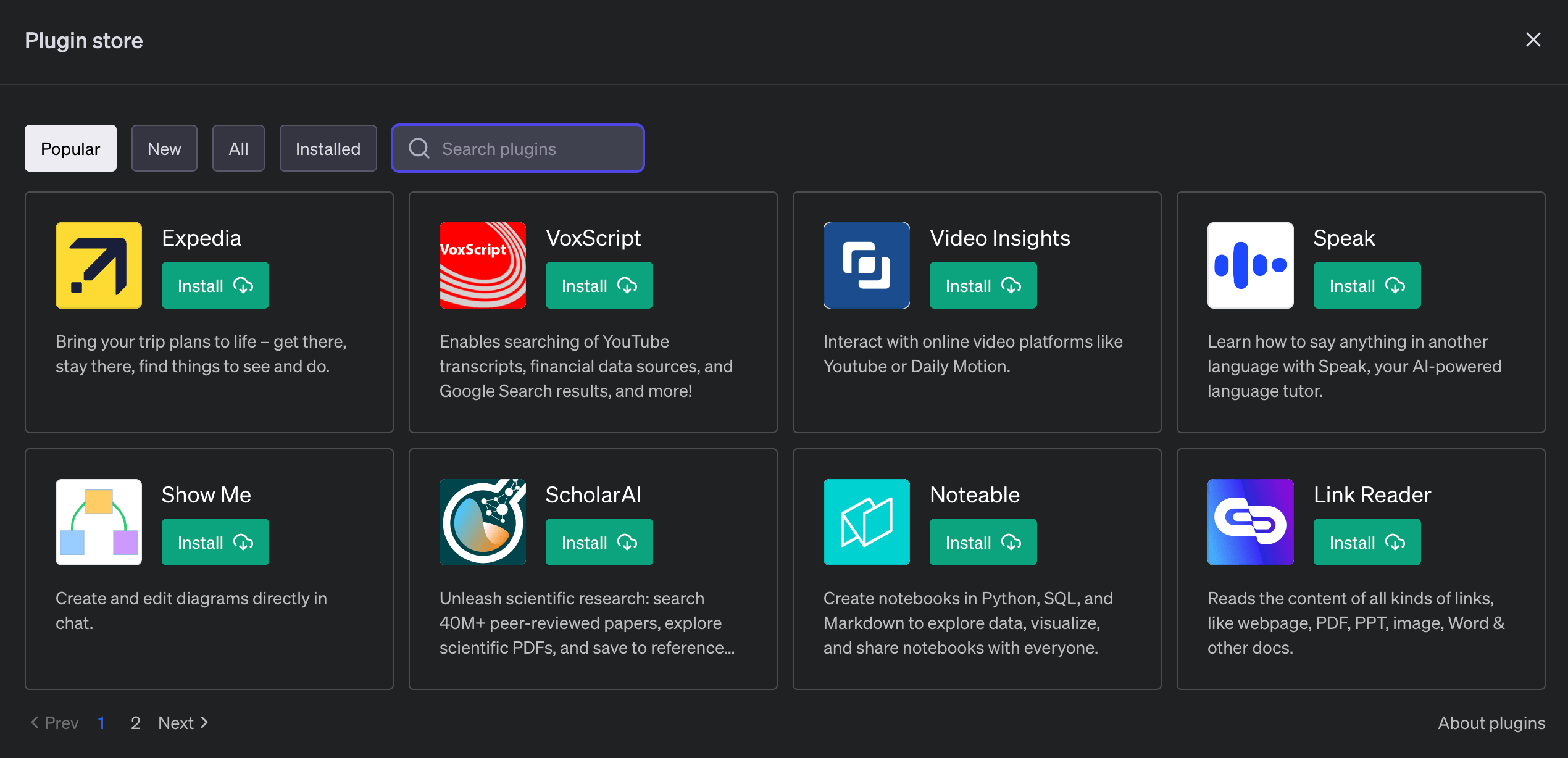
Conclusion
ChatGPT is a revolutionary tool that brings new possibilities in text generation and communication. It uses advanced GPT-3 and GPT-4 models to generate accurate and relevant responses based on context.
Summary
ChatGPT is a tool that can be used in many areas including customer support, marketing, education and many more. Although it has its limitations, such as its inability to fully replace human writers, its benefits and capabilities far outweigh them.
Future direction
ChatGPT is constantly evolving and improving. In the future, we can expect further improvements in text generation, expanded integration options, and increased accuracy and relevance of responses. Security is also a key area that ChatGPT will focus on in the future.
Final thoughts
ChatGPT is a tool that brings new possibilities in text generation and communication. Its use can bring huge benefits, but it is important to be aware of its limitations and always use it with safety and ethical considerations in mind.

